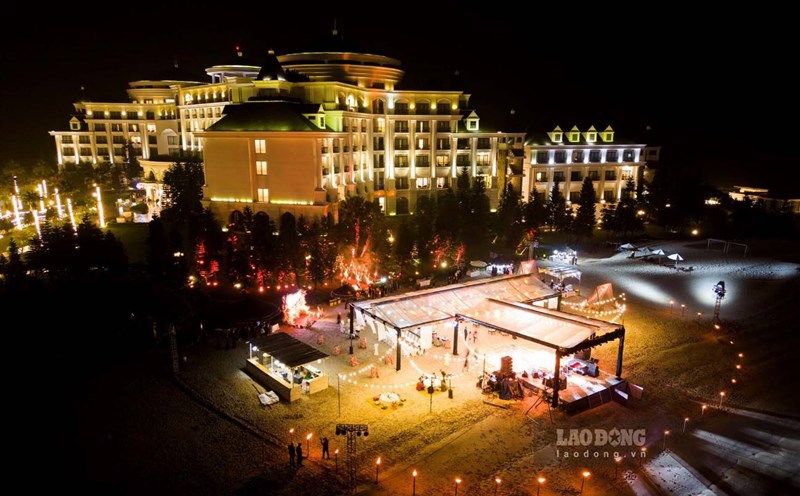Lack of RAM
RAM is temporary memory that helps the machine process tasks while they are working. If the device only has 24GB of RAM, opening more software or a browser with many tabs will significantly slow down the device.
How to fix it:
Upgrade RAM to at least 8GB if possible.
Pay less for unnecessary software.
HDD hard drive is too slow or has degraded
The HDD hard drive uses a disc rotation mechanism, slow data recovery speed and easy to decompose after a long time of use, causing the computer to take a long time to open the file or launch.
How to fix it:
Upgrad to a SSD, speed many times faster than HDD.
If you still use HDD, you should periodically prevent manh vo with integrated tools in Windows.
Computer infected with virus or malware
virus, advertising software or malware can run underground and take over system resources, slow down the device and cause unusual errors.
How to fix it:
Install reputable virus terminal software.
Scanning for viruses regularly.
Avoid downloading software or clicking on a link of unknown origin.
There is too much background software
Some software such as skype, Zalo, Zoom... automatically start when turned on, causing resource waste.
How to fix it:
Go to Task Manager > Startup, turn off unnecessary programs.
Remove unused software in Control Panel > Programs and Features.
The machine is too hot, causing performance to decrease
High temperatures automatically reduce the pulse to protect the hardware, causing the machine to slow down. This could be due to dirt sticking to the fan or dry heat glue.
How to fix it:
Regularly recharge the system (especially laptops after 1-2 years of use).
Place the device in a cool place, avoid covering the ventilation holes.
Change the heat glue if the machine is too hot.
System drive (usually C- drive) is full
When o C is almost full, Windows does not have enough temporary space to operate, causing the device to run slowly or easily hang up.
How to fix it:
Eliminate trash files, clean the trash bins.
Use the Disk Cleanup tool or software like CCleaner.
Moving data to another drive or storing it in the cloud.
outdated operating system and software
The old operating system and software may contain errors, not be compatible with the device, causing problems or reducing performance.
How to fix it:
Update Windows and software regularly.
Automatically update in Windows Update.
device driver not updated
Old or faulty drivers can cause software conflicts, causing the device to operate unstably.
How to fix it:
Update drivers from the company's official website (Intel, AMD, NVIDIA...).
Or use supporting software such as Driver Booster, Snappy Driver.
Used, weak or degraded hardware
If the device is too old (over 57 years), the CPU or graphics card may not be strong enough for modern software.
How to fix it:
Upgraded hardware such as RAM, SSDs.
For old machines, consider replacing them with new ones that suit your needs.











